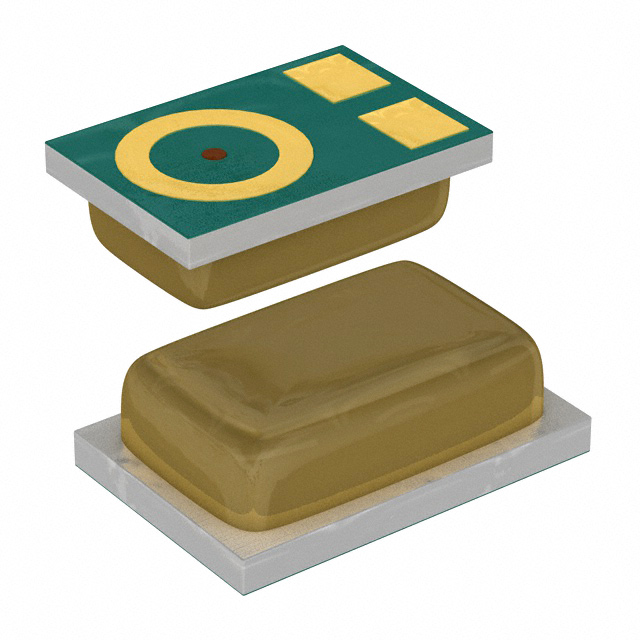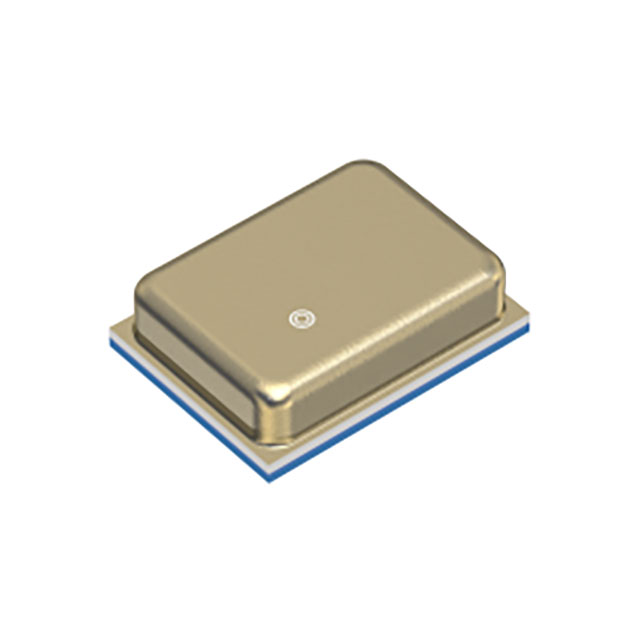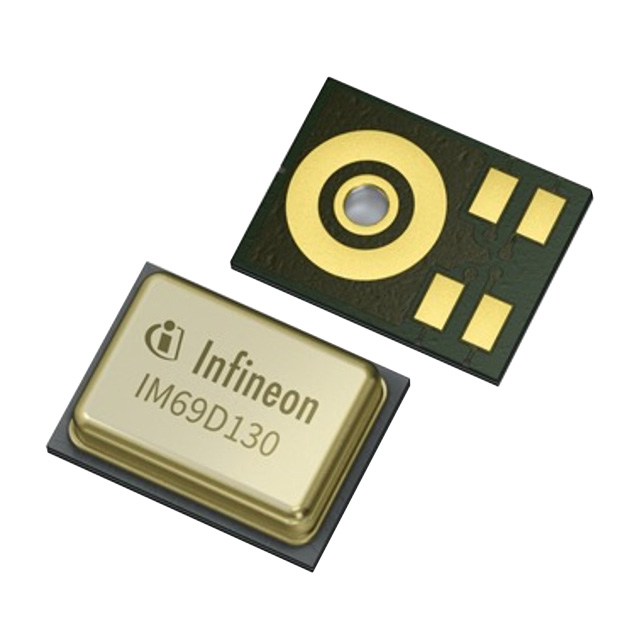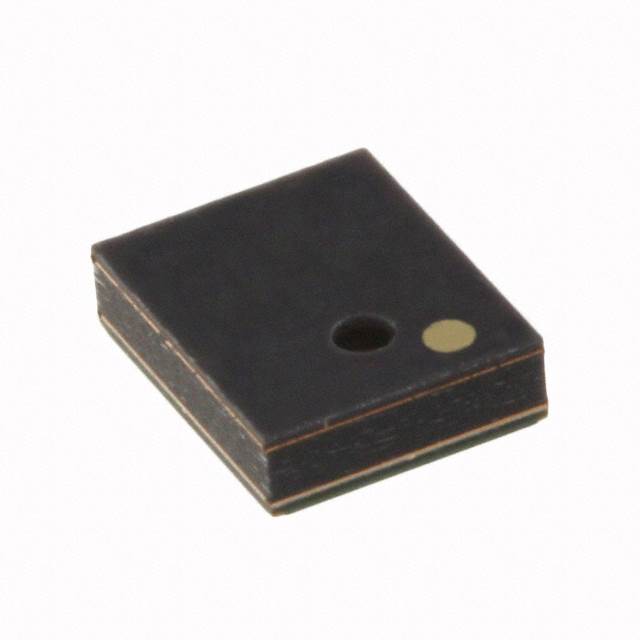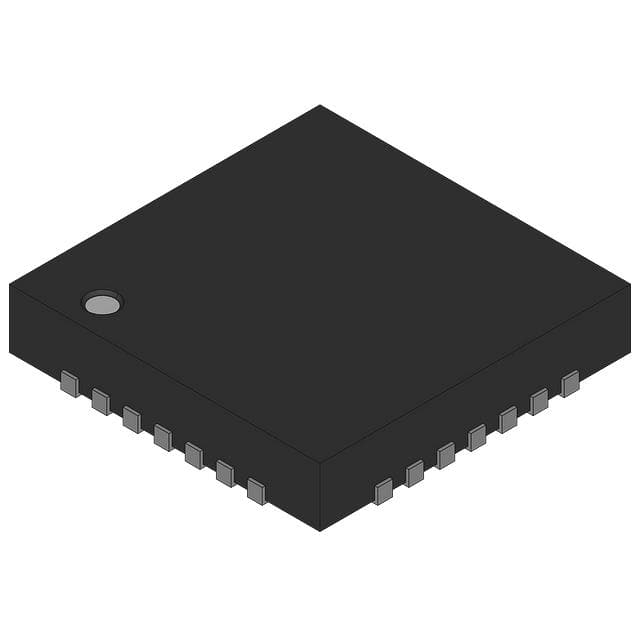ADM2587EBRWZ: Signal and Power Isolated Data Transceiver
ADM2587EBRWZ is an isolated RS-485/RS-422 transceiver chip produced by Analog Devices, which can be configured as half-duplex or full-duplex.
Microcontroller ATmega series: ATMEGA8A-AU Introduction
The ATMEGA8A-AU is a popular 8-bit microcontroller from Microchip Technology (formerly Atmel) and part of the ATmega series. It is based on the AVR architecture and is designed for a wide variety of embedded applications.
STM32F030K6T6 Development Board Introduction
STM32F030K6T6 is a microcontroller (MCU) based on the ARM Cortex-M0 core produced by STMicroelectronics.
MPU-6050: High-Performance 6-Axis Motion Sensor with I2C Bus Interface
The MPU-6050 is a widely used Inertial Measurement Unit (IMU) that combines a 3-axis accelerometer and a 3-axis gyroscope.
Texas Instruments TPS51200DRCR
The TPS51200DRCR is a high-efficiency dual-channel synchronous step-down converter produced by Texas Instruments (TI) and is commonly used in applications that provide regulated power, especially in systems that require low power consumption and high-efficiency power management.
STMicroelectronics STM32F103VET6
STM32F103VET6 is a 32-bit microcontroller based on the ARM Cortex-M3 core produced by STMicroelectronics. It belongs to the high-performance product line of the STM32F1 series and is widely used in embedded applications such as industrial control, IoT devices, and home appliance control.
STMicroelectronics STM32F105VCT6
STM32F105VCT6 is a versatile and powerful microcontroller that combines an ARM Cortex-M3 core with a rich set of peripherals and low power consumption. Its 128 KB Flash, 16 KB RAM, and extensive I/O options make it a suitable choice for a variety of embedded applications in industrial, automotive, and consumer markets. Its robust features, such as USB, CAN, ADC, and DMA, along with low-power operation, make it a solid solution for systems requiring real-time processing and efficient power usage.
Texas Instruments ULN2003ADR
ULN2003ADR is a common high current power driver produced by STMicroelectronics. It is a variant of the ULN2003 series and is usually used to control high current loads such as stepper motors, relays, solenoid valves, etc.
ATMEGA328P-PU
ATmega328P-PU is an 8-bit microcontroller manufactured by Microchip Technology (formerly Atmel), widely used in embedded systems and development boards, especially popular on the Arduino platform.
STM32F407VGT6 Microcontroller
TM32F407VGT6 is a powerful and flexible microcontroller suitable for a variety of embedded applications. Its high performance, rich peripheral interfaces and powerful processing capabilities make it an ideal choice for developing complex systems.
MCIMX6G2CVM05AB
MCIMX6G2CVM05AB is a powerful application processor that combines high-performance processing capabilities and rich multimedia functions, making it very suitable for a variety of embedded applications. Its low power consumption characteristics and flexible interface design enable it to perform well in various industrial and consumer applications.
STM32F405RGT6
The STM32F405RGT6 is a high-performance 32-bit microcontroller produced by STMicroelectronics. It is based on the ARM Cortex-M4 core and is suitable for embedded applications that require high performance and processing power.
STM32F030C8T6
STM32F030C8T6 is a powerful and affordable microcontroller suitable for a variety of low-power and low-cost embedded applications. Its flexible peripherals and diverse application areas make it a popular choice for developers.
ULN2803ADWR
Overview of ULN2803ADWR features, functions, similarities, pinouts and related Q&A
ULN2803A
ULN2803A integrated circuit working principle, characteristics, applications, similar, and related questions and answers
Wiznet W5500

W5500 Introduction
W5500 is a hardware-based TCP/IP protocol stack Ethernet controller developed by Wiznet. It is an integrated solution that supports high-speed and stable network connections and is very suitable for embedded network applications. By communicating with the main control MCU through the SPI interface, W5500 can quickly implement network functions without implementing complex protocol stacks in the main control chip.
W5500 Parameters
W5500 Similar Comparisons
W5500 vs TMS320F28021PTT vs TMS320F28027PTT vs TMS320F280200PTT vs STM32F030C8T6 Comparison
| Parameter | W5500 | TMS320F28021PTT | TMS320F28027PTT | TMS320F280200PTT | STM32F030C8T6 |
|---|---|---|---|---|---|
| Image |  | 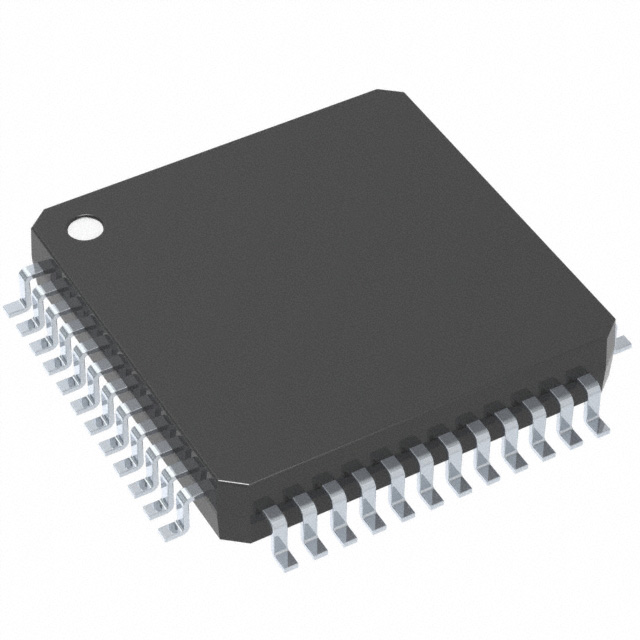 |  |  |  |
| Manufacturer | Wiznet | Texas Instruments | Texas Instruments | Texas Instruments | STMicroelectronics |
| Type | Ethernet Controller | Microcontroller (DSP) | Microcontroller (DSP) | Microcontroller (DSP) | Microcontroller (Cortex-M0) |
| Core | N/A | C28x (32-bit) | C28x (32-bit) | C28x (32-bit) | ARM Cortex-M0 |
| Clock Speed | N/A | 40 MHz | 60 MHz | 40 MHz | 48 MHz |
| Flash Memory | N/A | 64 KB | 64 KB | 32 KB | 64 KB |
| RAM | 32 KB (buffer) | 8 KB | 12 KB | 8 KB | 8 KB |
| Peripherals | Ethernet PHY, SPI | PWM, ADC, SCI, SPI | PWM, ADC, SCI, SPI, CAN | PWM, ADC, SCI, SPI | UART, SPI, I2C, ADC, Timers |
| Communication | SPI (80 MHz), Ethernet | SPI, UART | SPI, UART, CAN | SPI, UART | SPI, UART, I2C |
| GPIO Pins | N/A | 22 | 22 | 22 | 51 |
| Operating Voltage | 3.3V | 3.3V | 3.3V | 3.3V | 2.4V ~ 3.6V |
| Package | QFN-48 (7x7 mm) / LQFP | LQFP-48 | LQFP-48 | LQFP-48 | LQFP-48 |
| Key Features | Hardware TCP/IP Stack, 8 Sockets | DSP optimized for control applications | Enhanced features, CAN support | Entry-level DSP | General-purpose microcontroller |
| Applications | Ethernet IoT, Industrial Automation | Motor Control, Power Conversion | Motor Control, Industrial Applications | Motor Control, Automation | IoT, General Embedded Systems |
Analysis
W5500
A hardware TCP/IP controller designed for Ethernet communication, suitable for embedded systems that implement high-speed network communication.
TMS320 Series
Focusing on digital signal processing (DSP), it is suitable for scenarios with high requirements for precise control such as motor control and industrial automation.
The enhanced version of TMS320F28027PTT provides higher performance and supports CAN bus.
TMS320F280200PTT is an entry-level version suitable for cost-sensitive applications.
STM32F030C8T6
General-purpose microcontroller based on ARM Cortex-M0 core, integrating multiple peripherals, suitable for low-cost embedded applications.
Selection suggestion
Require Ethernet function: choose W5500, suitable for network-related IoT applications.
Motor control or industrial automation: choose TMS320F28027PTT (requires CAN) or TMS320F280200PTT (low cost).
General-purpose low-cost MCU: choose STM32F030C8T6, suitable for medium and low-complexity embedded projects.
W5500 Main features
1.Integrated hardware TCP/IP protocol stack
Support IPv4, ICMP, ARP, IGMP, UDP, TCP, PPPoE and other protocols.
Hardware protocol stack accelerates data processing and reduces the burden on the MCU.
2. 8 independent sockets
Each socket can be used independently for TCP/UDP connections.
Supports concurrent communication.
3.High-speed SPI interface
The maximum SPI clock frequency is 80 MHz.
Supports SPI modes 0 and 3.
4.Built-in 32 KB transmit and receive buffers
Provides efficient buffer management and optimizes data transmission performance.
5.Low power consumption
Supports standby mode and wake-up mode for low-power devices.
6.Network security support
Built-in physical layer (PHY) and MAC address processing functions.
Supports hardware checksum verification.
7.Supports multiple network functions
Dynamic Host Configuration Protocol (DHCP) and Network Time Protocol (NTP).
Supports Wake on LAN (WOL) function.
W5500 Datasheet
W5500 Pin Function
The W5500 is packaged in a 48-pin QFN (7x7mm) or LQFP package. The following is a description of the main pins:
| Pin Name | Functional Description |
|---|---|
| MOSI | SPI master data output, slave data input |
| MISO | SPI master data input, slave data output |
| SCLK | SPI clock input |
| CS | SPI chip select signal, low level valid |
| RSTn | hardware reset signal, low level reset |
| INTn | interrupt signal output, low level valid |
| VDD | power supply positive pole (3.3V) |
| GND | power supply negative pole |
| RX+/RX- | Ethernet receive differential signal |
| TX+/TX- | Ethernet transmit differential signal |
W5500 Application Areas
1.Internet of Things (IoT)
Smart home devices: such as networked lights, door locks, cameras, etc.
Industrial IoT Gateway: real-time data acquisition and transmission.
2.Embedded Network Devices
Network printers, embedded servers, etc.
3.Industrial Automation
Programmable Logic Controllers (PLCs) and Distributed Control Systems (DCSs).
4.Remote Monitoring
Video streaming or remote device status monitoring.
Comparison with other Ethernet chips
| Chip Model | SPI Speed | Buffer Size | Sockets | Function |
|---|---|---|---|---|
| W5500 | 80 MHz | 32 KB | 8 | Hardware TCP/IP Stack |
| ENC28J60 | 20 MHz | 8 KB | 1 | No TCP/IP Stack |
| W5100 | 20 MHz | 16 KB | 4 | Hardware TCP/IP Stack |
W5500 FAQs
1. What is W5500?
W5500 is an Ethernet control chip developed by Wiznet. It integrates a hardware TCP/IP protocol stack and communicates with the main control MCU through the SPI interface, which can quickly achieve stable network connection. It is suitable for applications such as the Internet of Things (IoT), embedded network devices, and industrial automation.
2. What are the main functions of W5500?
Supports IPv4, TCP, UDP, ICMP, ARP, IGMP, and PPPoE protocols.
Integrated 32 KB send and receive buffers.
Provides 8 independent network sockets and supports concurrent connections.
Supports a maximum SPI interface of 80 MHz.
Integrated Ethernet physical layer (PHY), no external PHY chip required.
Supports Wake on LAN (WOL) and hardware checksum verification.
3. How does W5500 communicate with MCU?
W5500 uses SPI interface to communicate with MCU, and its main signals include:
MOSI: master device output, slave device input.
MISO: master device input, slave device output.
SCLK: SPI clock signal.
CS: chip select signal, low level is valid.
MCU sends commands and data through SPI, and W5500 processes network data according to instructions.
4. How to configure the IP address of W5500?
W5500 can set its IP address, subnet mask and gateway address through SPI instructions. The following are typical steps:
Set Subnet Mask.
Set Gateway Address.
Set Source IP Address.
Set network mode (such as DHCP or static IP).
5.Does W5500 support dynamic IP allocation (DHCP)?
Yes, but the master MCU needs to implement the DHCP client protocol. Wiznet provides relevant DHCP client code library, which can be called directly to simplify development.
6. What is the maximum data transfer rate of W5500?
In full-duplex 100 Mbps mode, the theoretical maximum data transfer rate of W5500 is close to 100 Mbps, but the actual rate may be limited by the SPI clock frequency and the performance of the master control.
7. How is the buffer of W5500 allocated?
The 32 KB buffer of W5500 can be dynamically allocated among 8 sockets according to application needs, and the user can configure the buffer size of each socket through registers.
8. Does W5500 support IPv6?
W5500 does not support IPv6, only IPv4 protocol. If you need to support IPv6, you can consider using other chips from Wiznet such as W6100.
9. How to debug W5500?
Check SPI communication to ensure that the master MCU can read the registers of W5500 correctly.
Use a network packet capture tool (such as Wireshark) to monitor network data and check if there is data loss or communication error.
Check the status of the interrupt pin (INTn) to locate possible problems.
10. What are the typical applications of W5500?
Internet of Things (IoT): such as smart home gateways and networked sensors.
Embedded network devices: such as network printers and data acquisition systems.
Industrial automation: remote equipment monitoring and control.
Gaming or multimedia devices: to achieve network communication.
11. How to choose a suitable MCU for use with W5500?
When choosing an MCU, you need to consider:
12 Whether it supports SPI communication.
Is the processor frequency high enough to support network data processing.
Is there enough storage space to run network-related logic.
